Whether it’s a new area rug or a wall-to-wall install, it’s important you protect your investment! To ensure your carpet receives the ultimate care and can last you as long as possible, we’ve put together this carpet care guide to assist you.
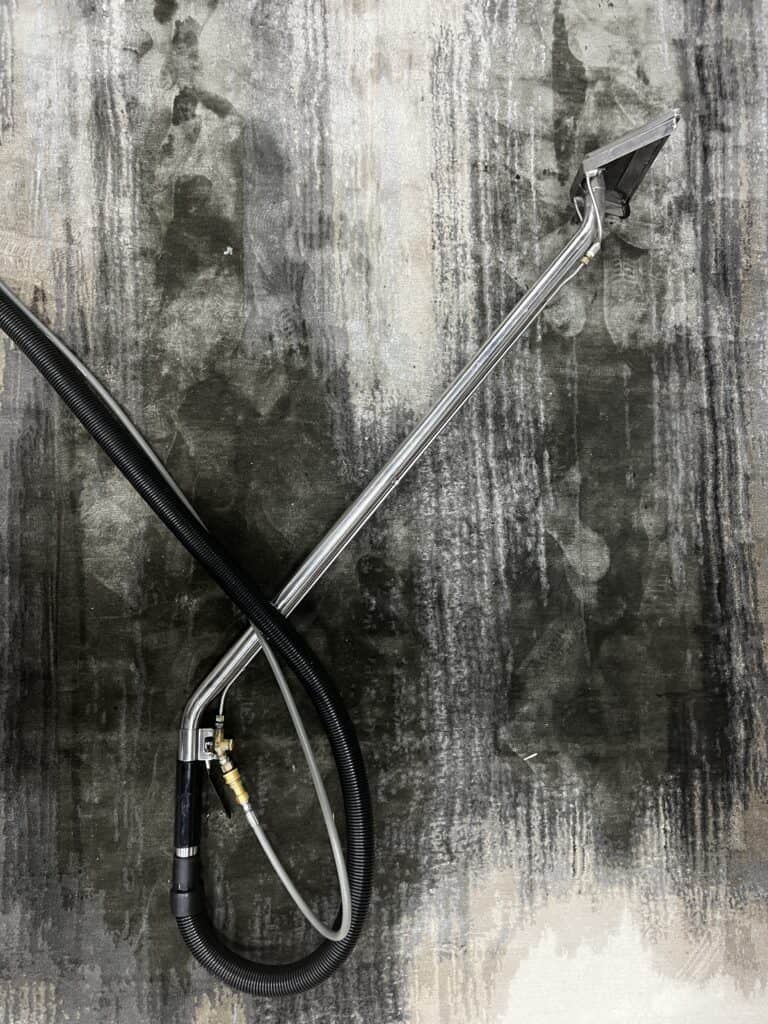
Properly vacuuming carpet is the quickest and most efficient way to keep your carpet clean. Often unnoticed, but something as simple as regular vacuuming can have the largest impact on the cleanliness of your space and the air you breathe.
We recommend vacuuming areas that tend to have the most traffic, such as hallways, stairs, and exterior entryways in the home. Ideally, it’s important you vacuum and clean all the floor coverings at least once a week, and the high-traffic areas more often, depending on how busy they get. If you have pets, there’s a chance you’re going to need to vacuum some areas daily. Removing loose soil that remains on the carpet’s surface is important so that it is not pushed deeper into the carpet pile.
Use a vacuum cleaner that not only removes soil, but also minimizes dust build up from the filters in and around the machine. Shedding, or fluffing, is a natural characteristic of all wool & wool-blend carpets. Loose bits of natural fiber may appear on the carpet’s surface that can easily be cleaned up with gentle vacuuming. Some carpets, especially wool berbers, require a vacuum with very little or no agitation device, in other words skip the brush and use the suction only. Improper maintenance or overly aggressive vacuum methods can damage the carpet pile and cause the carpet surface to appear fuzzy.
If you are using a vacuum with a beater bar, height adjustment is extremely important. Height adjustment is correct when the beater bar contacts the pile enough to vibrate the carpet lightly several inches away from the machine, but not enough to cause significant slowing of the motor. Vacuuming across the traffic pattern on occasion, rather than in traffic direction, will help prevent matting. Change the bags often and check the beater bars for burrs and gouges, so as not to damage the surface of the carpet. Some thick loop pile carpets will fuzz if a rotating brush vacuum is used. In this case we recommend a suction vacuum only.
For the best cleaning results, inspect your vacuum every so often to be sure it is functioning properly:
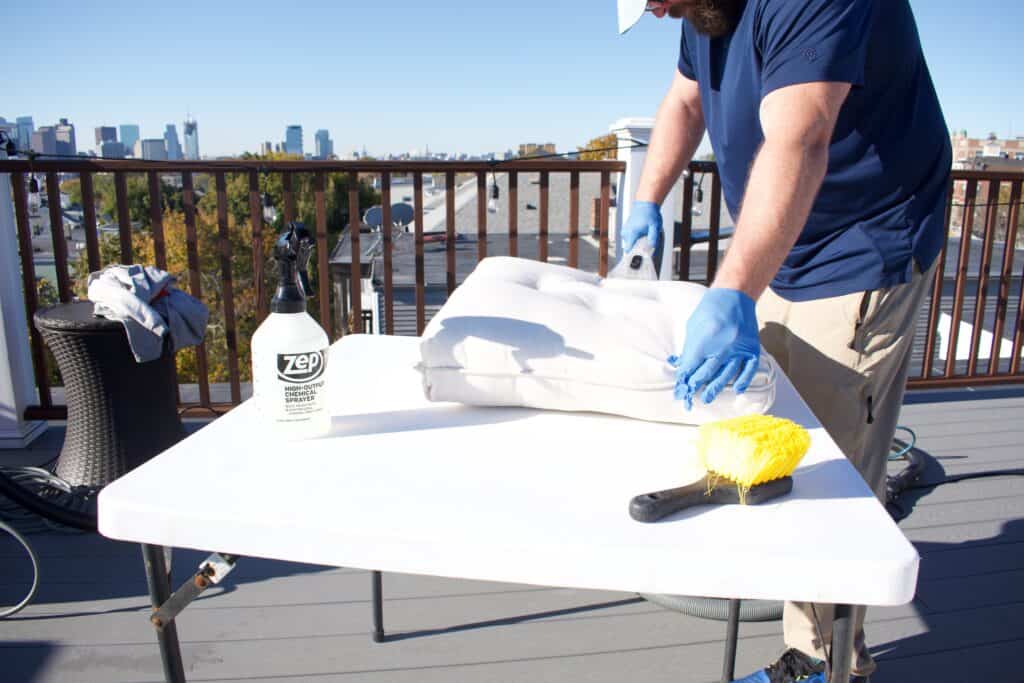
Act quickly! Many spills can be removed if immediate action is taken. The longer the wait, the higher the probability of a spill becoming a permanent stain. Complete removal of many common spills may require repeated use of a single solution, or the use of a combination of solutions. Always use the solutions in the concentrations recommended. Continue using each solution as long as there is noticeable improvement or transfer of the spill. Follow these simple steps carefully, in sequence.
Daily vacuuming is the most important cleaning activity, but restorative cleaning is essential to removing stubborn or embedded soil. We suggest you deep clean your carpet once or twice a year, typically before soiling begins to show.
nn Professional Cleaning Services should be considered before your carpet begins to show build up of soil. Letting that soil build up will make the cleaning process more difficult and dampen the carpet’s useful life. A deep cleaning consists of using sophisticated cleaning techniques that are tailored specifically for your carpet material
There are several methods of cleaning that produce satisfactory results; however, the golden rule for a successful deep cleaning is that you have your carpet cleaned up before it becomes noticeable. With each method listed, please be sure to consult with your professional cleaner for the best results. While some of these can be done at home, we highly recommend that these methods be performed by a Professional Carpet Cleaner, as they have the necessary equipment and skills to carry out these tasks.
Absorbent Pad (Bonnet) Method
The absorbent pad method should only be used by a properly trained cleaning professional. The rotary bonnet method uses a machine similar to a floor buffer with an absorbent spin pad attached to remove the soil. The spin pad absorbs soil onto the pad, and soil is removed when the pad is rinsed. To reduce pile distortion, keep the absorbent pad well lubricated with a cleaning solution. Replace pad often to prevent transfer of soil back to the carpet face.
Dry Extraction (Polymer Compound) Method
An absorbent compound saturated with detergents and solvents is brushed in and around the fibers with specially-designed machines or brushes. The compound attaches to the soil particles, and both the soil and compound are then removed by vacuuming.
Dry Foam Extraction Method
In dry foam cleaning, a detergent solution is whipped into a foam and applied to the carpet. The foam is worked into the carpet by a specially-designed machine with reel-type brushes, followed by wet vacuuming. Some machines have their own extraction capabilities while others need thorough vacuuming after the carpet is dry.
Hot Water Extraction Method
This method is sometimes called “steam cleaning”. Areas of heavy use are preconditioned to suspend ground-in soil, then a pressurized cleaning solution is injected into the pile. Suspended soil and solution are immediately extracted. Follow directions carefully and avoid overwetting. Ensure speedy drying by using fans, operating the building air conditioning system (HVAC) in the “on” position and by performing additional drying strokes.
Spills and stains are bound to happen. Follow these useful tips to ensure you’re carpet is properly cleaned!
Act Quick!
Don’t let the stain settle in as this will only make the job harder to clean up. Try to clean the stain as soon as it happens!
Do Not Rub In
Make sure to always blot the stain as rubbing it in can push the stain deeper into your carpet.
Avoid Strong Chemical Solutions
Make sure you avoid chemical cleaning products as they can cause more harm than good. If you do decide to use a cleaning product make sure it’s 100% safe for your carpet material before continuing. You can always create your own homemade solutions using common household products!
Dry as much as possible
Use a dry cloth to finish cleaning off a stain to soak in as much moisture as possible. Natural plant fiber materials can become damaged if they are left moist for too long
Always use a white cloth/towel
Colored towels can cause the dye to bleed onto the carpet and cause a permanent stain.
(DO NOT USE THESE METHODS ON WOOL/VISCOSE BLENDS OR 100% TENCEL PRODUCTS — Please reach out to info@carpetworkroom for cleaning instructions for these type of products )
You will need the following items for spot cleaning. The numbers are keyed to the stain, and all should be used in the recommended sequence. Some stains may require professional cleaning based on the age of the stain.
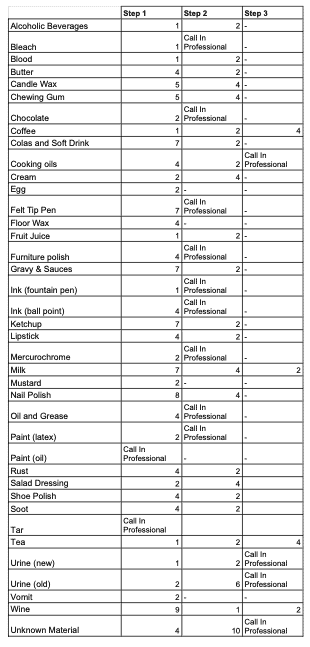
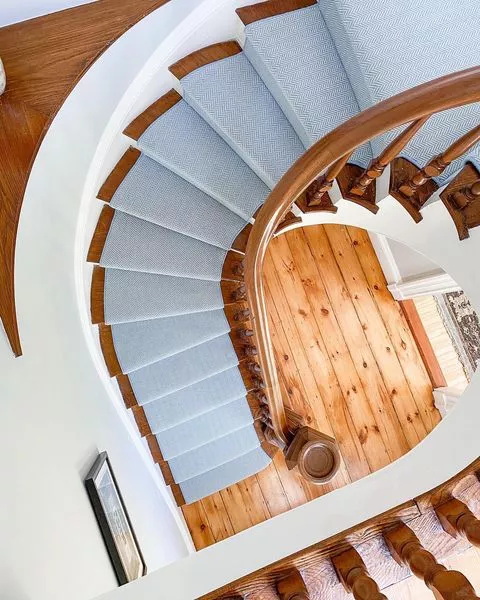
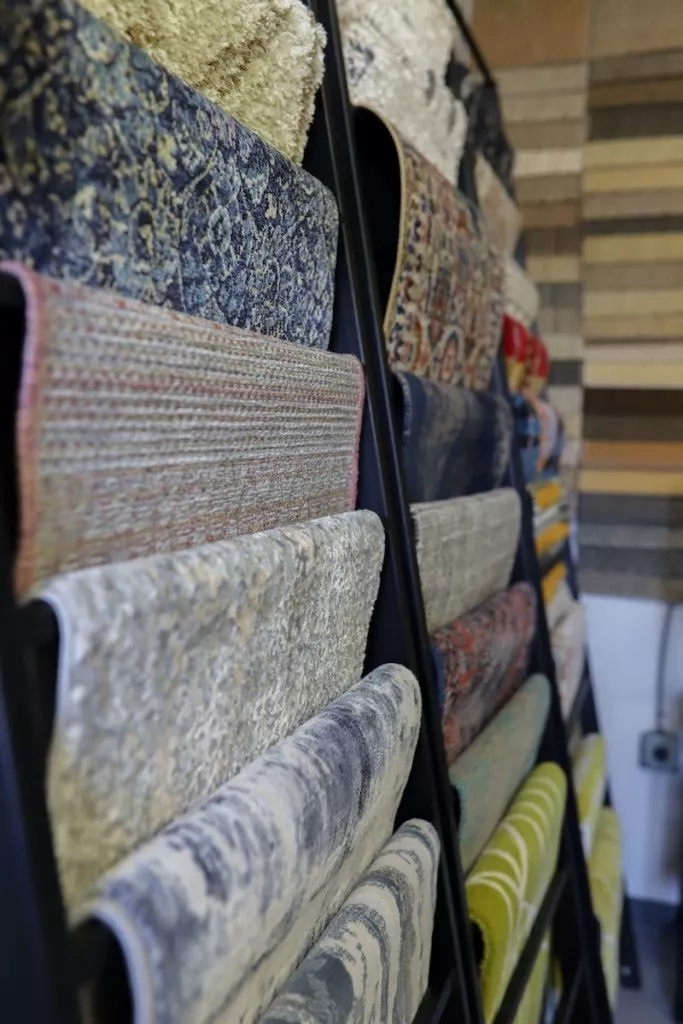
When you choose one of our locations, you’ll have the option to schedule an in-person visit or a phone call.
Outside of the Northeast? Find out how we can still work on your project!